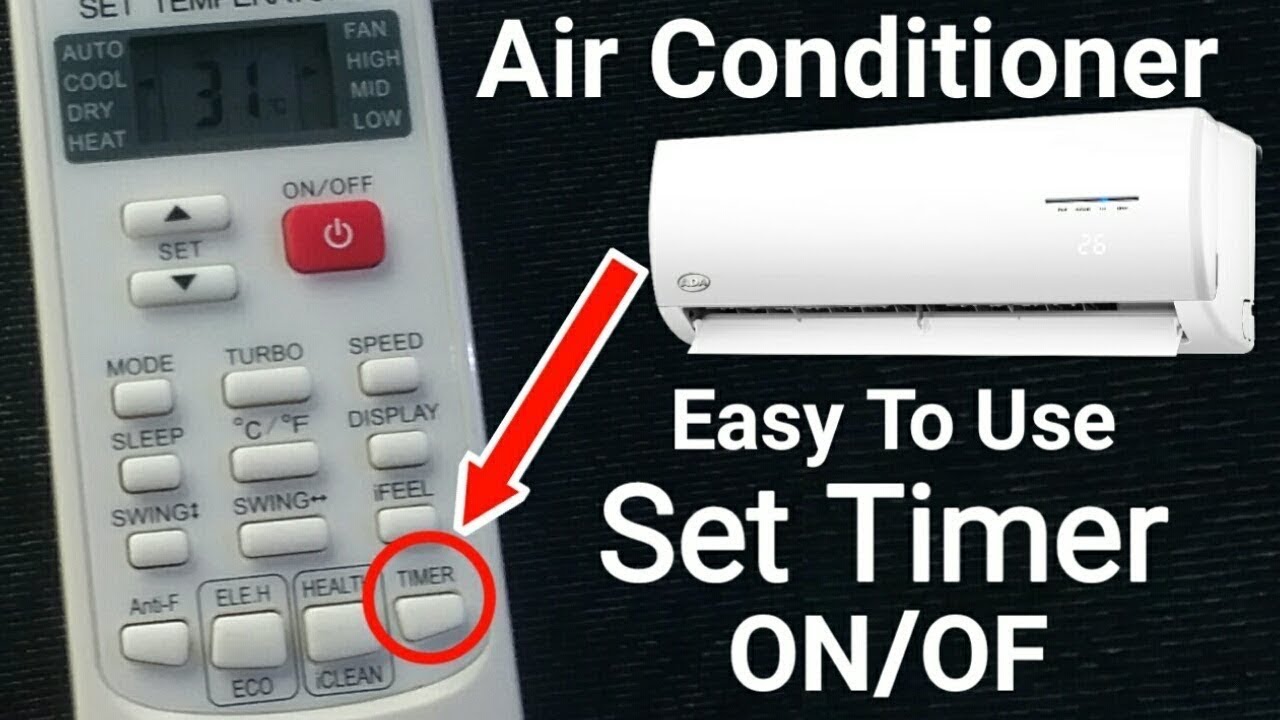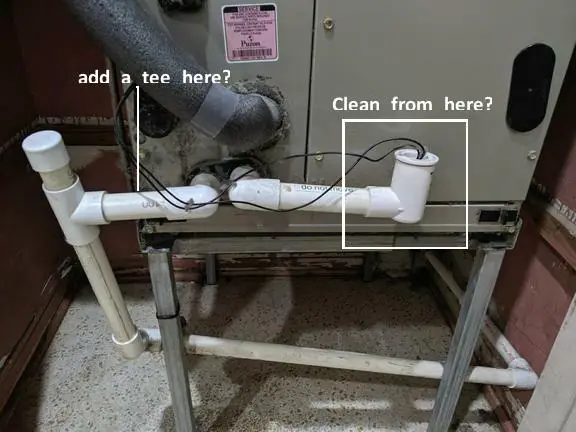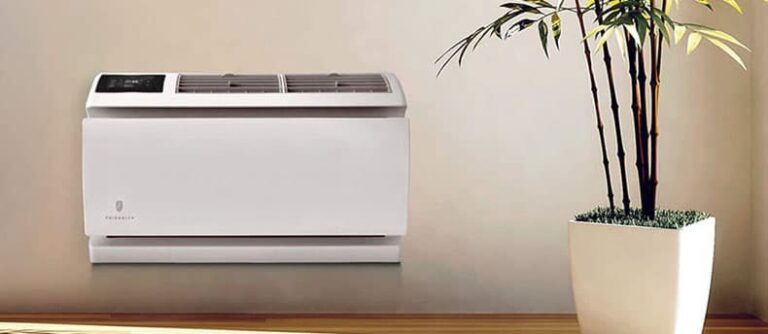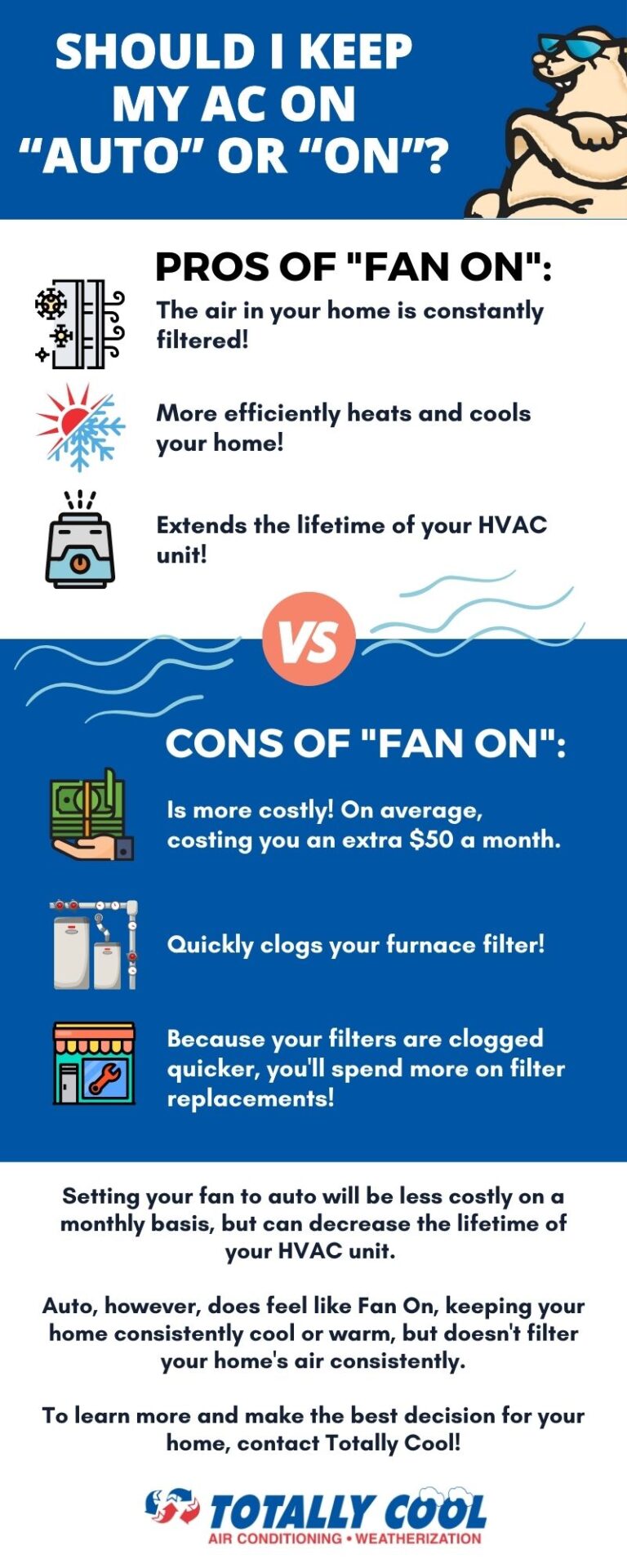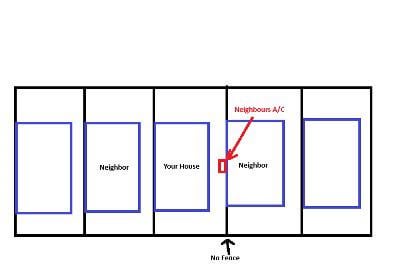Can You Use A Timer On An Air Conditioner? Maximize Efficiency!
Yes, you can use a timer on an air conditioner. Timers help manage energy consumption and enhance convenience.
Using a timer on your air conditioner optimizes its operation. You can schedule it to turn on before you arrive home, ensuring a cool environment without wasting energy. Timers also help in regulating the temperature during sleep, turning the unit off after you fall asleep.
This function not only saves electricity but also extends the life of the appliance. Modern air conditioners often come with built-in timers, making it easy to set and forget. If your unit lacks this feature, external plug-in timers are available. Utilizing a timer can lead to significant cost savings and increased comfort.
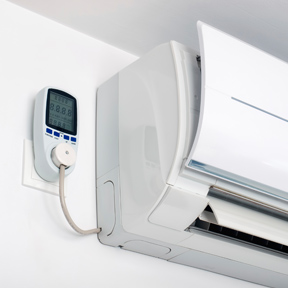
Credit: energycut.com.au
Benefits Of Using A Timer
Using a timer on your air conditioner can offer many benefits. It helps you save energy and adds convenience to your daily life. Let’s explore these advantages in detail.
Energy Savings
Setting a timer can significantly reduce energy consumption. You can program your AC to turn off when not needed. This prevents unnecessary cooling and cuts down on electricity bills. According to energy experts, timers can reduce AC energy use by up to 30%. You can also set the AC to start just before you get home. This ensures your home is cool without running the unit all day.
Convenience
A timer adds great convenience to your routine. You no longer need to manually turn the AC on and off. This is especially useful during the night. You can set it to turn off after you fall asleep. This ensures a comfortable sleep without waking up to adjust settings. Timers also allow for multiple on/off cycles. You can have the AC run in short bursts throughout the day. This maintains a consistent temperature without constant monitoring.
Types Of Timers
Using a timer on your air conditioner can save energy and money. There are different types of timers that offer various features. Below are two main types: Programmable Timers and Smart Timers.
Programmable Timers
Programmable timers let you set specific times for your air conditioner. You can decide when it turns on and off during the day.
- Daily Schedule: Set a daily schedule for your air conditioner.
- Weekly Schedule: You can also set a weekly schedule.
- Energy Saving: These timers help in saving energy.
Programmable timers are easy to use and install. They are usually found on the air conditioner’s control panel. These timers are perfect for people with a fixed routine.
Smart Timers
Smart timers offer more advanced features than programmable timers. These timers connect to Wi-Fi and can be controlled via smartphones.
- Remote Access: Control your air conditioner from anywhere.
- Integration: Integrate with other smart home devices.
- Energy Reports: Get reports on energy consumption.
Smart timers often come with mobile apps. These apps provide detailed settings and energy usage reports. Some smart timers even learn your usage patterns to optimize energy consumption.
Smart timers are suitable for tech-savvy users. They provide flexibility and advanced control over your air conditioner.
How Timers Work
Timers on air conditioners help you control your cooling schedule. They allow you to set specific times for the unit to turn on or off. Understanding how these timers work can save energy and money.
Basic Functionality
Timers on air conditioners have simple settings. You can set the timer to turn the unit on or off at a certain time. This helps you cool your home before you arrive or turn off the unit when you don’t need it.
Most air conditioners come with a 24-hour timer. This means you can set the timer for any hour of the day. Some timers also have daily repeat functions. This allows you to set the same schedule for every day.
| Timer Type | Function |
|---|---|
| 24-Hour Timer | Set for any hour of the day |
| Daily Repeat | Same schedule every day |
Advanced Features
Advanced timers offer more control and features. Some air conditioners have weekly timers. These allow you to set different schedules for each day of the week. This is great for people with varying daily routines.
Another advanced feature is the sleep mode. Sleep mode adjusts the temperature while you sleep. It can gradually increase or decrease the temperature to save energy and keep you comfortable.
Some units also come with remote control timers. These let you set the timer using a remote or even a smartphone app. This gives you more flexibility and convenience.
- Weekly Timers: Different schedules for each day
- Sleep Mode: Adjusts temperature during sleep
- Remote Control: Set timer using a remote or app
Understanding these features can help you make the most of your air conditioner. Use timers to save energy, reduce costs, and stay comfortable.
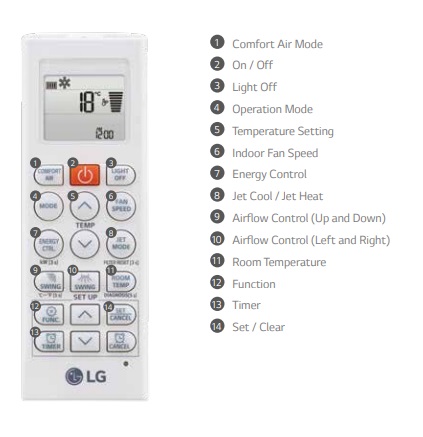
Credit: www.totalelectricsandac.com.au
Setting Up A Timer
Setting up a timer on your air conditioner can save energy. It also makes your home more comfortable. This guide will help you set up your air conditioner’s timer easily.
Step-by-step Guide
- Locate the Timer Button: Find the timer button on your air conditioner’s remote control. It might be labeled as “Timer” or “Clock”.
- Set the Current Time: Press the timer button. Use the up and down arrows to set the current time. Confirm by pressing the “Set” or “Enter” button.
- Choose On and Off Times: Select the time you want the air conditioner to turn on and off. Use the timer button and arrows. Confirm each setting.
- Activate the Timer: Once set, press the “Timer” button again to activate it. An indicator light should show the timer is active.
Common Mistakes
- Wrong Time Setting: Make sure the current time is set correctly. This ensures the timer works accurately.
- Forgetting to Activate: After setting the timer, don’t forget to activate it. Always check the indicator light.
- Manual Interference: Avoid manually turning the air conditioner on or off. This can disrupt the timer settings.
| Steps | Description |
|---|---|
| Locate Timer Button | Find the button labeled “Timer” or “Clock”. |
| Set Current Time | Press “Timer” and use arrows to set the time. |
| Choose On and Off Times | Select the desired on and off times. |
| Activate Timer | Press “Timer” again to activate the settings. |
Optimizing Timer Settings
Using a timer on your air conditioner can help you save energy and money. By setting it to run during specific times, you can ensure efficient cooling. Here, we’ll explore how to optimize your air conditioner’s timer settings for the best performance.
Peak Hours
Peak hours are the times of day when energy use is highest. During these hours, electricity rates can be more expensive. By setting your air conditioner to run outside of peak hours, you can lower your energy bills.
| Time of Day | Energy Rate |
|---|---|
| 6 AM – 9 AM | High |
| 9 AM – 12 PM | Medium |
| 12 PM – 6 PM | High |
| 6 PM – 10 PM | High |
| 10 PM – 6 AM | Low |
Use the timer to turn off the air conditioner during high-rate periods. Set it to cool your home before peak hours begin. This way, you’ll have a cool home without the high cost.
Sleep Mode
Many air conditioners have a sleep mode feature. This mode adjusts the temperature while you sleep for better comfort and efficiency.
- Initial Cool Down: Set the timer to cool your room before bedtime.
- Gradual Warm-Up: Program the timer to slightly increase the temperature as you sleep. This saves energy and keeps you comfortable.
- Morning Activation: Set the timer to cool the room again before you wake up.
Using sleep mode can help you save on energy costs. It ensures you are comfortable while you rest. The gradual temperature change also promotes better sleep quality.
Compatibility With Air Conditioners
Using a timer on an air conditioner can be very helpful. It helps in energy saving and maintaining comfort. Not all air conditioners are compatible with timers. This section will discuss the compatibility of timers with both older models and modern units.
Older Models
Older air conditioner models may not support built-in timers. They might lack digital controls or advanced features. You can still use an external timer with these units. Here’s a quick guide:
- Check the power requirements of your air conditioner.
- Ensure the external timer matches these requirements.
- Plug the air conditioner into the timer.
- Set the desired on and off times.
Using an external timer is a simple solution. It allows older units to operate on a schedule. This can lead to significant energy savings and increased convenience.
Modern Units
Modern air conditioners often come with built-in timers. These units have advanced digital controls. Here are some common features:
- Programmable settings for daily or weekly schedules.
- Remote control via smartphone apps.
- Integration with smart home systems.
Using the built-in timer is very easy:
- Access the settings menu on the unit or app.
- Set the desired start and stop times.
- Save the settings and enjoy automated control.
Modern units offer great convenience and energy efficiency. Built-in timers are a key feature of these advanced systems.
Energy Efficiency Tips
Using a timer on your air conditioner helps save energy. It ensures your unit operates only when needed. This reduces unnecessary power usage. Implementing other energy efficiency tips can further optimize your air conditioner’s performance. Here are some helpful tips to consider.
Insulation
Proper insulation keeps your home cool in summer and warm in winter. Insulated walls and ceilings prevent cool air from escaping. This reduces the workload on your air conditioner. Use weather stripping around doors and windows. This stops drafts and keeps cool air inside.
Install insulated curtains to block out heat from the sun. These can significantly reduce indoor temperatures. Check your attic insulation. Ensure it meets recommended levels for your area. Good insulation helps your air conditioner work efficiently.
Regular Maintenance
Regular maintenance of your air conditioner is crucial. Clean or replace air filters every month. Dirty filters restrict airflow and decrease efficiency. Schedule professional maintenance checks twice a year.
Ensure the technician inspects and cleans the coils. This includes the evaporator and condenser coils. Clean coils help your unit cool more effectively. Check the coolant levels. Low levels can reduce cooling efficiency.
Keep the area around your outdoor unit clear. Remove debris, leaves, and obstructions. This ensures proper airflow and efficient operation.
| Maintenance Task | Frequency |
|---|---|
| Clean/Replace Air Filters | Monthly |
| Professional Maintenance Check | Twice a Year |
| Inspect and Clean Coils | Twice a Year |
| Check Coolant Levels | Annually |
| Clear Debris Around Outdoor Unit | As Needed |
- Insulation reduces workload on your air conditioner.
- Regular maintenance ensures efficient operation.
Common Issues And Solutions
Using a timer on an air conditioner can be very useful. But, it may come with some common issues. Understanding these problems and their solutions can save time and money.
Timer Malfunctions
Timer malfunctions are a frequent problem. They can disrupt the air conditioner’s schedule. Here are some common reasons and their solutions:
- Power Surges: Power surges can reset the timer. Use a surge protector to avoid this.
- Battery Issues: Some timers have batteries. Replace them if the timer stops working.
- Wiring Problems: Faulty wiring can cause malfunctions. Check the wiring or consult a technician.
Incorrect Settings
Incorrect settings can lead to timer issues. Here are a few settings to check:
- Time of Day: Ensure the timer is set to the correct time. A wrong time can disrupt the schedule.
- Mode Settings: Verify if the air conditioner is in the correct mode. Modes like ‘Auto’ or ‘Cool’ might affect the timer.
- Program Settings: Double-check the programmed schedule. Ensure it matches your desired cooling times.
Common issues with air conditioner timers are easy to solve. Simple checks and fixes can make a big difference.

Credit: m.youtube.com
Frequently Asked Questions
How To Put Window Ac On Timer?
Press the “Timer” button on your window AC remote. Select the desired start and stop times. Confirm the settings.
What Is The Difference Between Timer On And Timer Off On Air Conditioner?
Timer on activates the air conditioner at a set time. Timer off shuts it down at a specified time.
Is It Ok To Leave Ac On Overnight?
Yes, it’s OK to leave the AC on overnight. Ensure it’s set to a comfortable temperature to avoid overcooling.
Conclusion
Using a timer on your air conditioner offers convenience and energy savings. It helps maintain a comfortable environment effortlessly. Timers can also prolong the lifespan of your unit. Consider incorporating a timer into your cooling routine. Enjoy the benefits of a more efficient and cost-effective air conditioning system.

